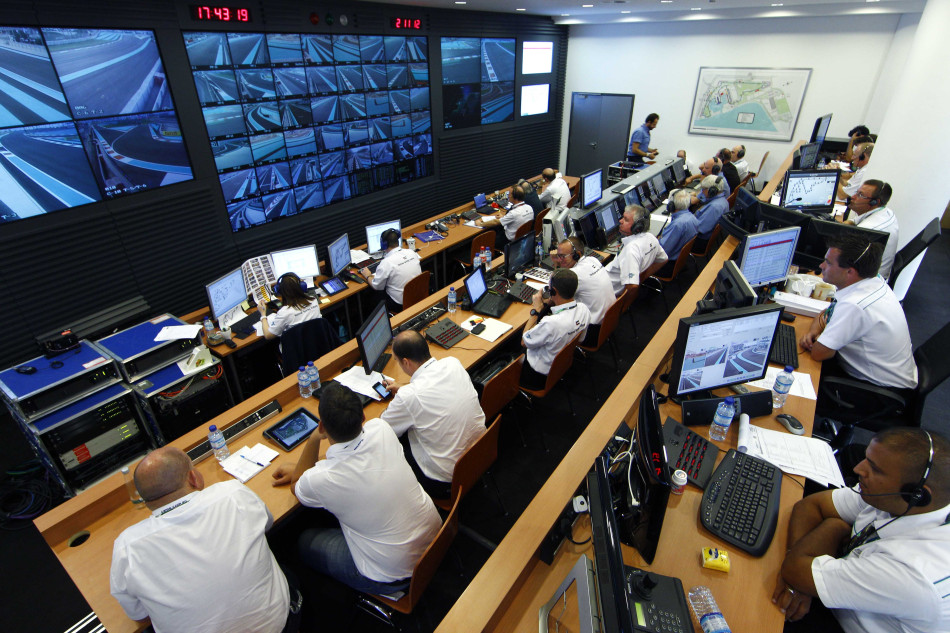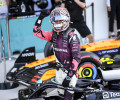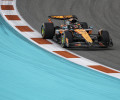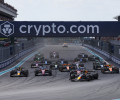Cyber-stewarding

In Formula One, the focus of the technological arms race is always the cars. But behind the scenes, the sport continues to push technological boundaries across a range of fields. In the Race Control tower, the FIA uses an arsenal of technology to help Stewards detect and review incidents on track, in real time.
“We have an extremely good system in Race Control that is able to detect incidents for us,” FIA Race Director Charlie Whiting told AUTO magazine. “The system is programmed to highlight any incident — for example, if a driver goes too quickly in a section under yellow flags. That’s based on GPS tracking and timing, but the software also has a number of other inputs and is programmed to respond accordingly.”


Some on-track incidents are immediately obvious to all those watching, and in those cases the tools used concentrate on analysis, not detection. When a mass of cars rushing into the first corner becomes a maelstrom of flying carbon fibre, Race Control and the Stewards’ Room turn to the technology at hand to help them determine the cause of an incident as quickly and accurately as possible.
“It’s a big responsibility but one that’s become a lot less of a burden simply because of the technology now at our disposal,” revealed Garry Connelly, deputy President of the FIA Institute and a regular Chair of the Stewards. “We have a wealth of data that most people won’t be aware we have access to.
“First of all, we have all the video feeds — the pictures that have gone to air; the vision captured by FOM Communication TV system but which hasn’t been put to air; the closed circuit cameras around the track, and all the onboard material as well. We have GPS tracking, which shows where cars are at any given time.


“We also have access to all the team radio transmissions, which are very important as they allow us to know if a team has warned a driver that he’s about to impede another car and whether a driver has ignored that information,” Connelly continued. “Finally, as of this summer, we can now obtain real-time telemetry from the cars. That’s really useful as we can overlay telemetry information from an incident with data from previous laps, so for example, we can tell if a driver has done something like failing to back of under yellow flags.
“Linking all this together you can come up with a complete picture of what’s going on. You have a mass of information that isn’t available to the public or the teams. That’s why decisions are sometimes taken that people have trouble understanding, but they simply don’t have all the information the Stewards do.”
Technology also helps to ensure the consistency of decisions, with Race Control and the Stewards’ Room now able to review recent similar incidents for the sake of comparison.
“We keep all the incidents from recent seasons on video on a hard drive, and all of that is available to the Stewards,” Whiting said. “It’s an invaluable resource because, of course, the same Stewards are not at every race. This way they can refer back to all that past footage and it helps them make a more informed and consistent decision.
“The Stewards also have a list of penalties they can refer to dating back to 2003,” Whiting added. “It’s categorised by offence and penalty, so the Stewards can quickly see who’s done what, where, and what penalties were handed out. That way they can, for example, look at all the penalties given for causing a collision over past seasons and then cross reference that with the video and you pretty quickly come up with suitable penalties for ‘crimes’, based on historical data.”

 Facebook
Facebook Twitter
Twitter






